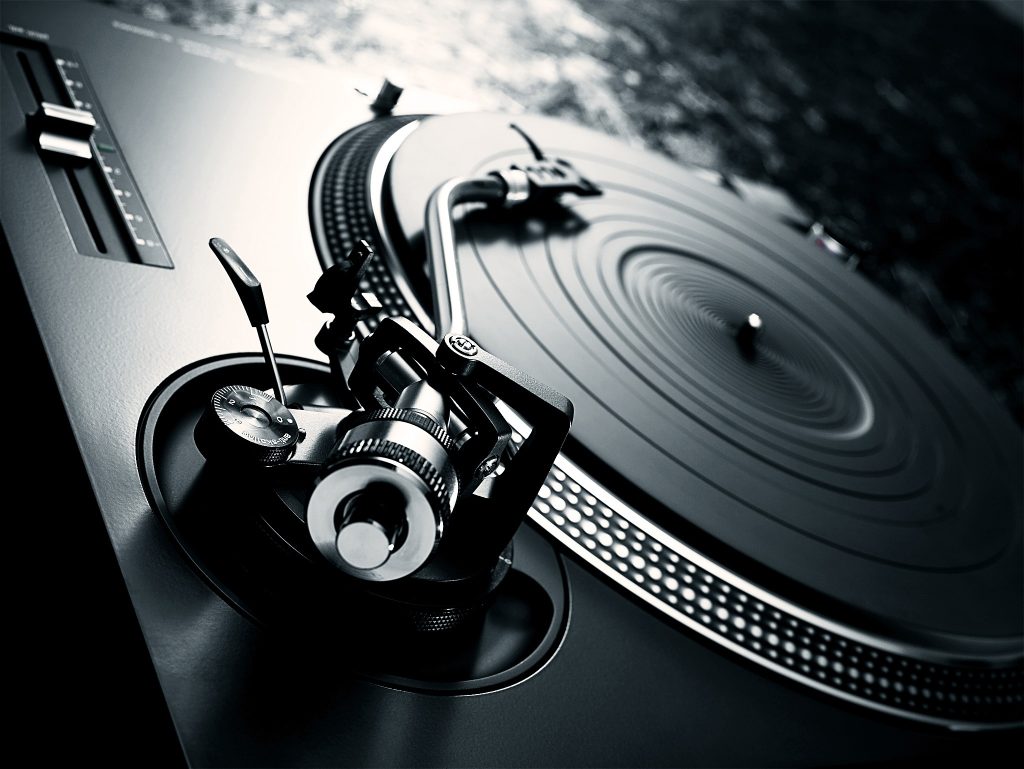From Vinyl to Virtual – The Evolution of Urban Music Distribution
From Vinyl to Virtual – The Evolution of Urban Music Distribution
Urban music, with its deep roots in the cultural tapestry of society, tells a story that transcends time and technology. This narrative embarks on the evolution of its distribution, from the tangible warmth of vinyl records to the intangible realm of virtual platforms. Each shift not only transformed how music reaches its audience but also shaped the very fabric of urban music itself. This journey reveals the adaptability of artists and producers to changing landscapes and highlights the evolving relationship between music creators and their listeners.
As we delve into this transition, we explore the impact of each era on the accessibility, production, and cultural significance of urban music. So, get ready to learn about the world of music so that you have all the necessary knowledge, for example, for the request ‘write my paper about music distribution evolution.’
The Era of Vinyl
In the 20th century, vinyl records stood as pillars of cultural and musical significance, pioneering the distribution of urban music. These records were instrumental in the ascendancy of genres such as hip-hop, soul, and R&B, encapsulating the essence of the era’s social and cultural dynamics. Vinyl became more than a medium for music; it evolved into a cherished collector’s item, symbolizing a deep appreciation for the artistry and heritage of urban music.
Vinyl records have evolved into a significant symbol of music appreciation within community and culture, transcending their original purpose as music carriers. They represent a deep connection to the history and artistry of music, serving as collector’s items that embody a tangible link to the past. This reverence for vinyl highlights a broader cultural appreciation for the craftsmanship involved in music production and the desire to maintain a physical connection to music in an increasingly digital age.
Transition to Tape and CD
The advent of cassette tapes and CDs marked significant technological progress, reshaping the music industry’s landscape. These formats revolutionized how people accessed and consumed urban music, offering enhanced portability and accessibility. Mass production became more straightforward, significantly impacting music production and distribution. This period saw a shift in listening habits, as music lovers adapted to these new forms, thus further diversifying the urban music scene.
Rise of Digital Downloads
The transition to digital downloads marked a pivotal shift in the music industry, driven by the internet revolution. Platforms such as iTunes and Bandcamp led this change, offering an alternative to physical sales that democratized access to music. However, this era also introduced challenges, notably piracy, which contrasted with the opportunities for wider accessibility and greater artist exposure. This period significantly altered how music was distributed, consumed, and appreciated, laying the groundwork for the future of music access and artist-fan interactions.
Streaming Era: The Current Landscape
The streaming era, led by platforms such as Spotify, Apple Music, and Tidal, has cemented music’s transition from a product to a service. This paradigm shift emphasizes continuous access to vast libraries over the ownership of individual tracks or albums. Streaming services offer personalized, on-demand music experiences, making them the dominant force in music consumption today. This model benefits artists by providing new avenues for exposure and engagement with global audiences, though it also presents challenges in revenue models and the valuation of music as a creative art form.
The concept of music as a service rather than a product represents a shift in how music is accessed and valued. Instead of owning physical or digital copies of songs or albums, consumers now subscribe to platforms offering unlimited access to vast music catalogs. This model emphasizes the experience of music listening over the possession of music, allowing users to stream their favorite tracks and discover new ones with ease and convenience, fundamentally changing the relationship between music creators, distributors, and listeners.
The Future of Music Distribution
Emerging trends like AI, virtual reality concerts, and direct artist-to-listener platforms are shaping the future of music distribution, offering personalized and immersive music experiences. AI technology is streamlining music creation, discovery, and recommendation processes. Virtual reality concerts provide fans with immersive, lifelike experiences, breaking geographical barriers. Direct artist-to-listener platforms are fostering closer connections between artists and their audiences. Blockchain and NFTs introduce unique distribution models and artist empowerment, enabling creators to retain more control over their work and monetize it in innovative ways.
Conclusion
The journey from vinyl to virtual encapsulates the urban music scene’s adaptability and resilience. Transitioning from tangible formats like vinyl and CDs to digital downloads and streaming services, urban music has continually embraced technological advancements. This evolution highlights not only the genre’s flexibility in distribution methods but also its enduring relevance. Reflecting on this progression underscores the significance of ongoing innovation in music distribution, ensuring urban music’s vibrancy and impact for future generations.
